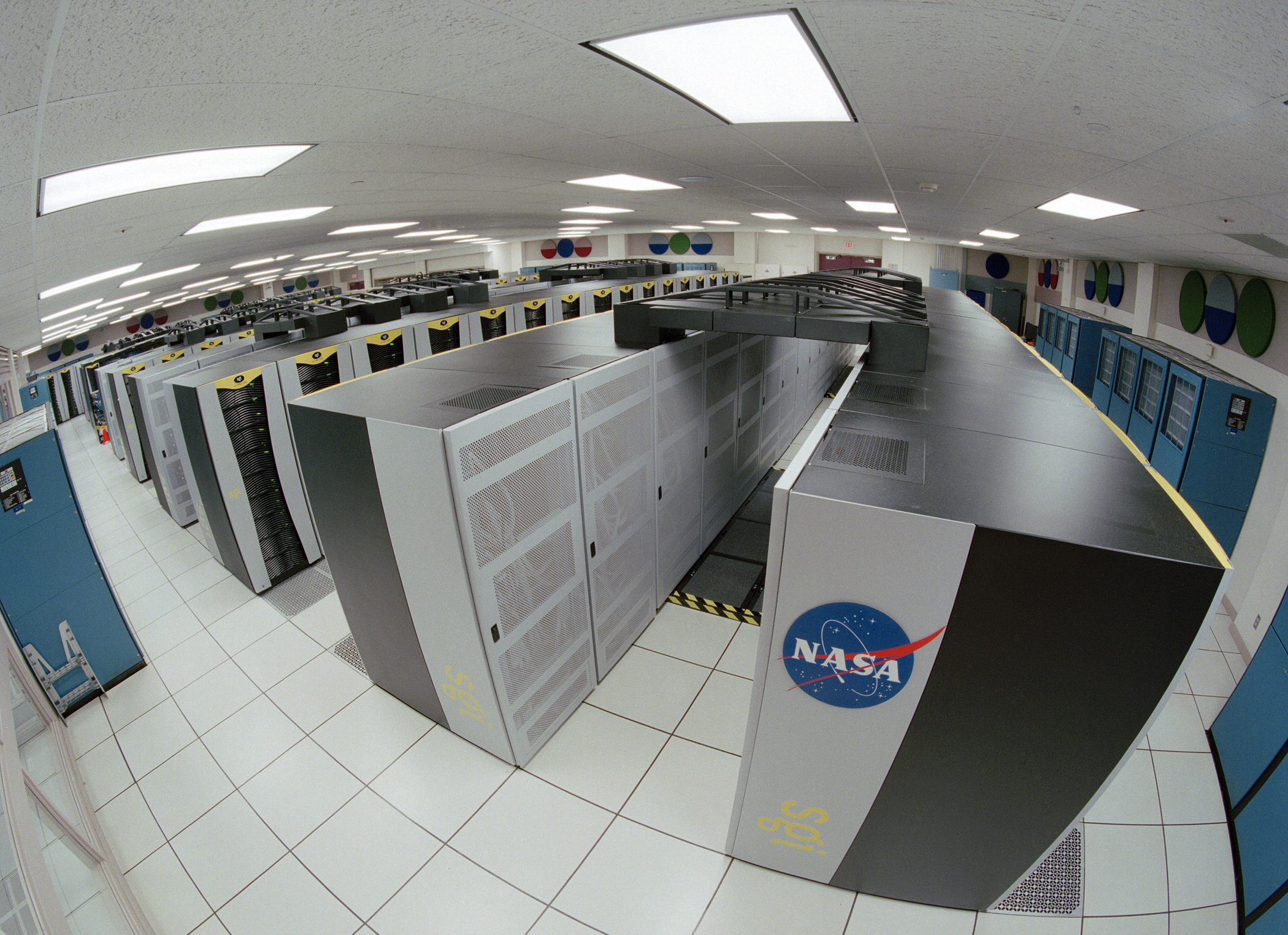| Problems with the digital age
Paperless delivery may not necessarily translate into paperless information however as users are quite free to print off what we send them thus negating any potential saved paper even if the delivery method is speedier.
And so onto the other part of the question which is whether technological change is desirable even as it becomes more accessible.
Firstly there is the desire on the part of librarians to give up paper copies and this is journals in particular which take up a lot of space and yet are being produced in greater volumes. Thomas describes the problems that librarians face with a hybrid collection to manage in the cultural transition from ownership to access. Traditionally libraries subscribed to journals and then kept them so allowing patrons to access them and their archives that had accumulated. Now with access the priority libraries subscribe electronically for seamless document retrieval on the part of the library patron. The problem is in the durability of the collection: ‘while they [libraries] offer online versions of their most popular serials or those that depend on timeliness, most publishers do not republish back numbers for many titles’ (Thomas A. (2000) ‘Redefining library space: managing the co-existence of books, computers, and readers’ in Journal of academic librarianship 26 (6) p.408) . The wrangle between publishers protecting their copyright and library users trying to access journal articles means that librarians are often forced to continue getting a paper copy and an electronic copy because electronic journals may only be accessible so far back, and/or the publisher might change and subsequently change access rights, and/or the purchasing of an e-journal might be tied in to buying the paper copy so that you will receive a paper copy even if you do not intend to keep it.
E-journals can be useful when there are remote users who would never be able to access the paper copy but if the backup of a paper copy is not available then electronic delivery of information becomes unreliable.
Storage of digital objects is a growing issue. If the object is owned by the library and is out of copyright then digitization for its own sake or in order to produce a surrogate is a good way of preserving the object without restricting access. The problem is that just because we have this digital object doesn’t make it any more enduring than an e-journal that we access. So ‘information encoded in digital form- as information objects-is entirely dependent on technology to allow access' (Feeney M. (ed.) (1999) Digital culture: maximising the nation’s investment National Preservation Office, London p.10) . Being paperless means that ironically a paperback book suddenly starts looking more durable than an electronic text that is completely inaccessible if the technology is down through a power cut or server failure, or if the technology changes and everything needs to be transferred into the new format like from videos to CDs for example.

|